38+ Sample Harassment Policy Templates
-
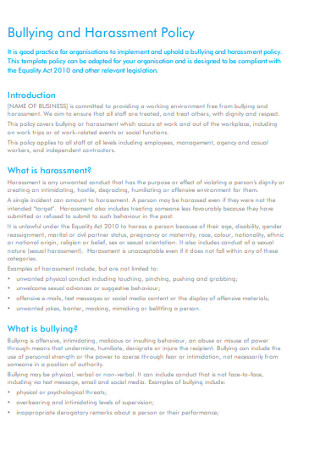
Bullying and Harassment Policy
-
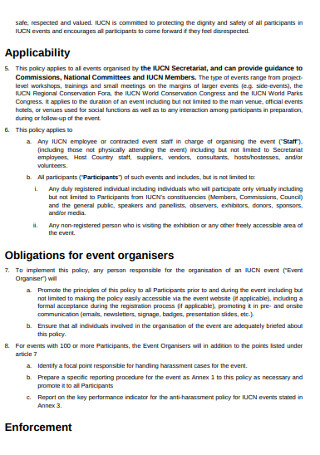
Anti-harassment Policy
-
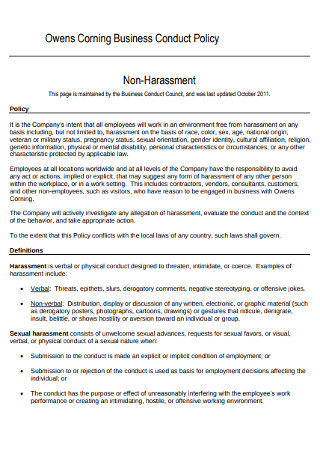
Business Harassment Policy
-
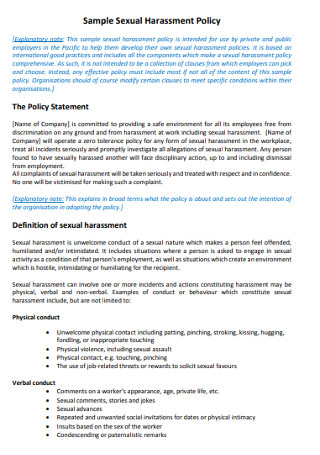
Sample Sexual Harassment Policy
-
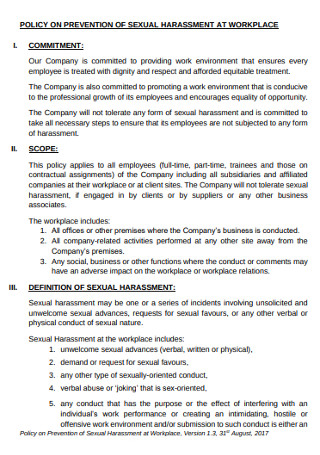
Sample Prevention Harassment Policy
-
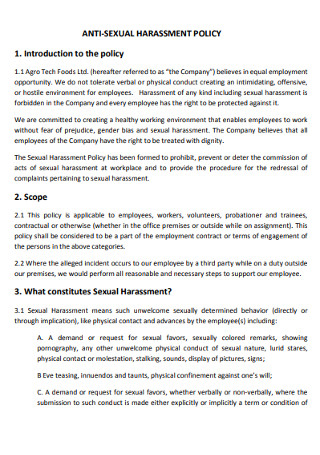
Sample Anti Harassment Policy
-
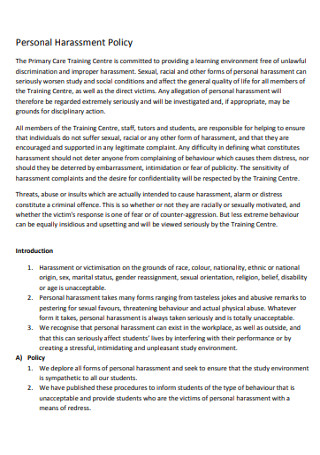
Personal Harassment Policy
-
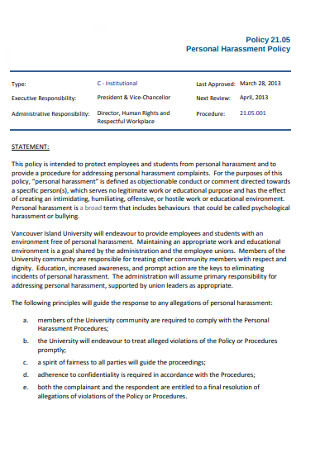
Saample Personal Harassment Policys
-
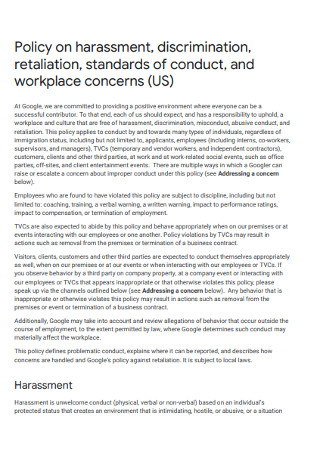
Discrimination Harassment Policy
-
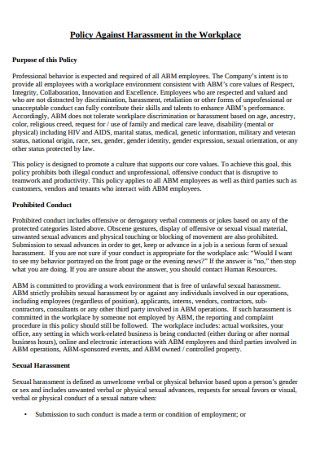
Harassment Against Policy
-
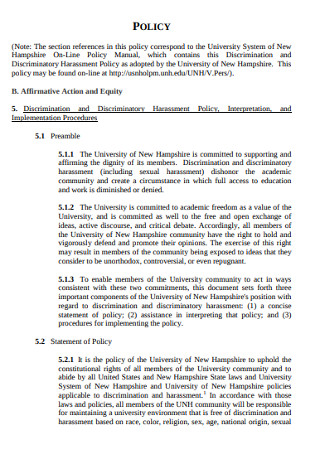
Sample Discriminatory Harassement Policy
-
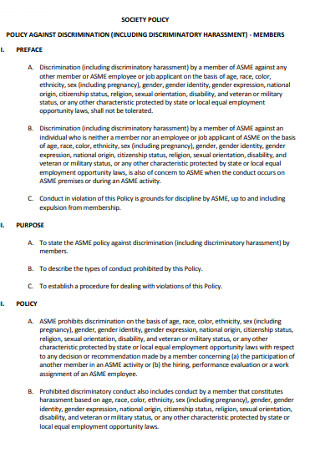
Society Harassment Policy
-

Online Harassment Policy
-

Rotary Club Harassment Policy
-
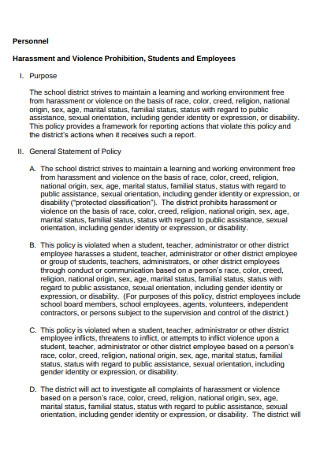
Sample Employee Harassment Policy
-
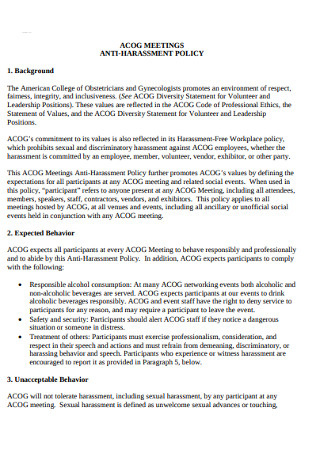
Sample College Harassment Policy
-
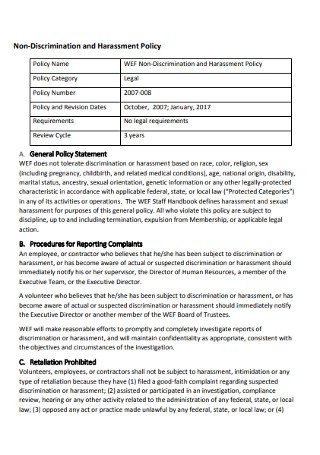
Non-Discrimination and Harassment Policy
-

Event Harassment Policy
-
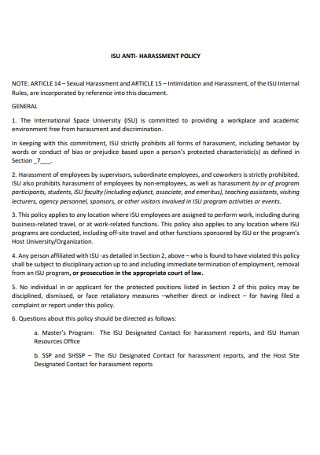
College Harassment Policy
-

Saample Corporate Harassment Policy
-
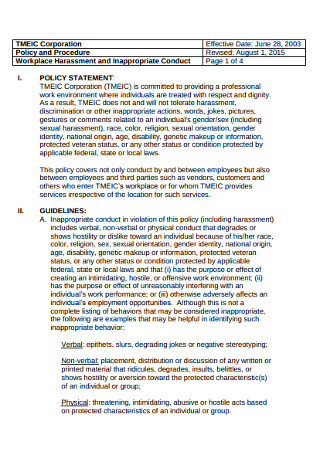
Sample Harassment Policy Statement
-
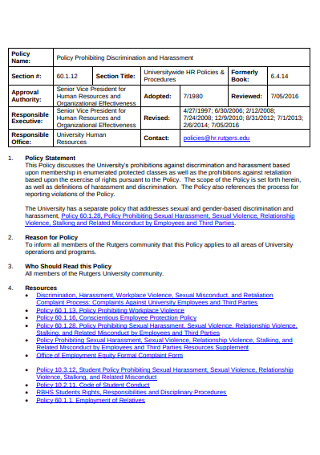
Discrimination and Harassment Policy
-
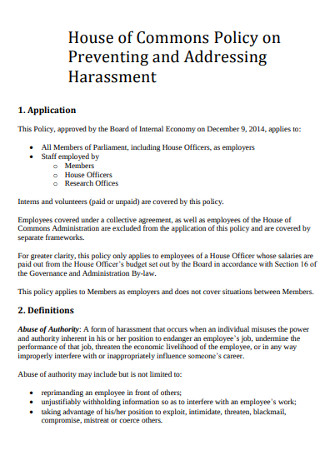
Saample House Harassment Policy
-

Human Resources harassment Policy
-

Harassment House of Assembly Policy
-
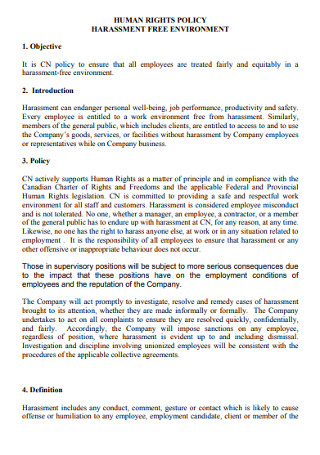
Harassment Ffree Environment Policy
-
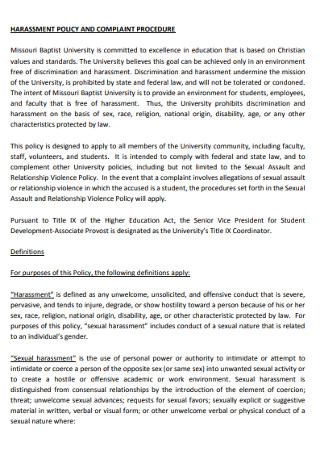
Sample Harasssment Complaint Policy
-
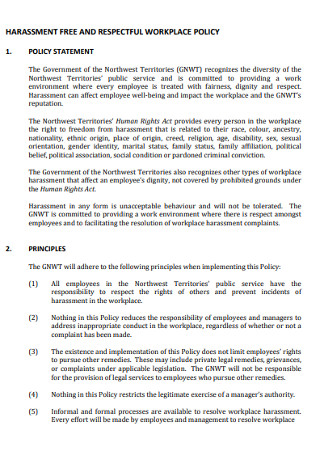
Harassment Free and Respectful Workplace Policy
-
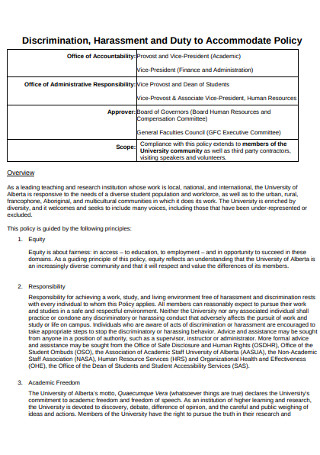
Harassment and Duty to Accommodate Policy
-
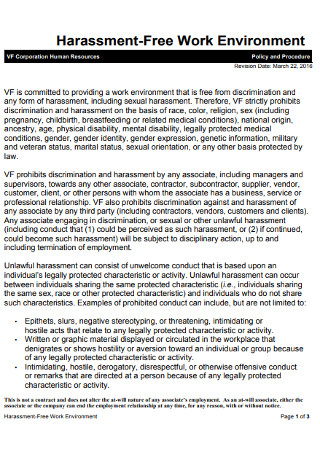
Harassment-Free Work Environment Policy
-
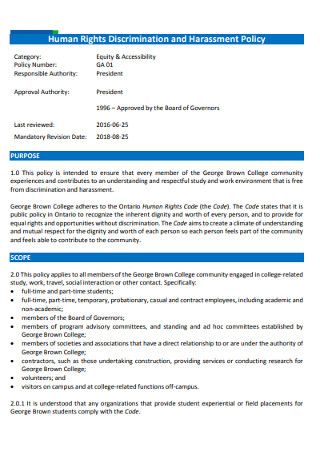
Human Rights Discrimination and Harassment Policy
-

Sample Harassment University Policy
-

Anti-Discrimination and Harassment Policy
-
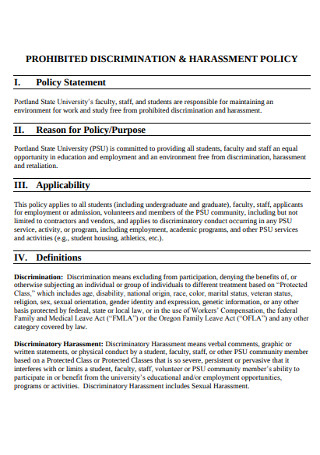
Prohibited Discrimination and harassment Policy
-
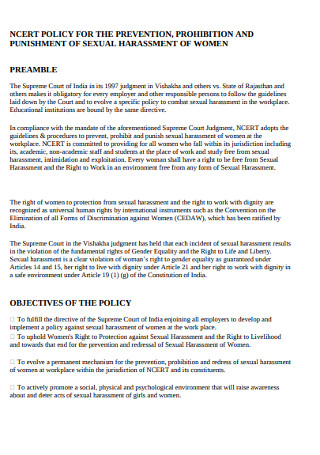
Harassment Punishment Policy
-
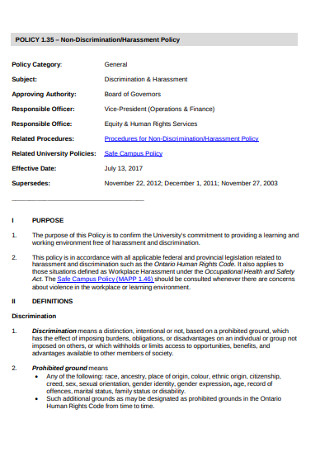
Sample Non-Discrimination and Harassment Policy
-
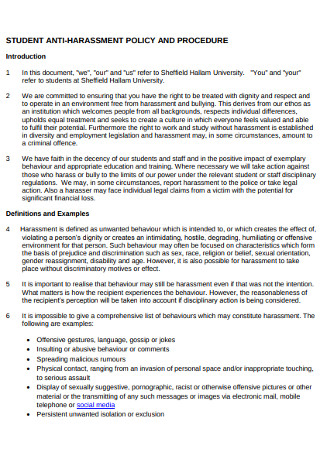
Student Anti Harassment Policy
-
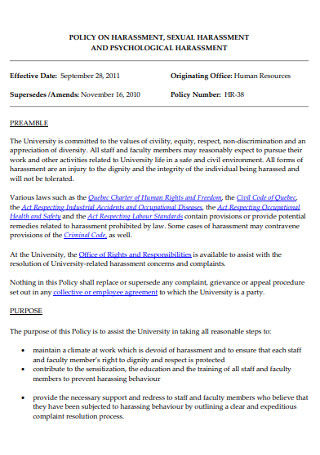
Psychological Harassment Policy
-
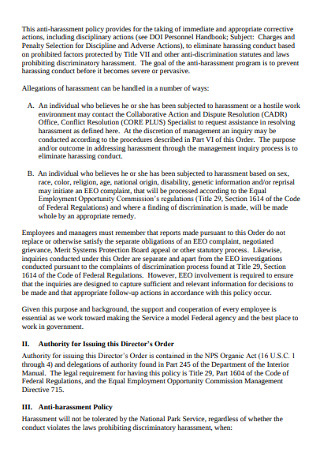
Harassment Park Service Policy
-
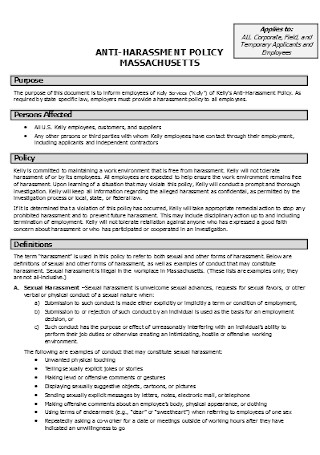
Sample Anti Harassment Policy Template
download now -

Sexual Harassment Policy Template
download now
What Is a Harassment Policy?
By definition, a harassment policy is a written policy that specifically states how harassment is going to be handled. Most companies have a ‘no tolerance policy,’ with appropriate disciplinary sanctions set in place for those who violate the rules. Any effective policy needs to contain proper definitions of the potential violations, a detailed description of the company’s complaint procedure, statements against retaliation, and a prohibition statement. According to Statista, at least 18% of United States citizens are acquainted with someone who has been the victim of workplace harassment. No one, in particular, is safe from harassment either, with both men and women of varying statuses and age being susceptible to numerous kinds of harassment. The department that will be mostly responsible for tackling the issues of harassment would be HR.
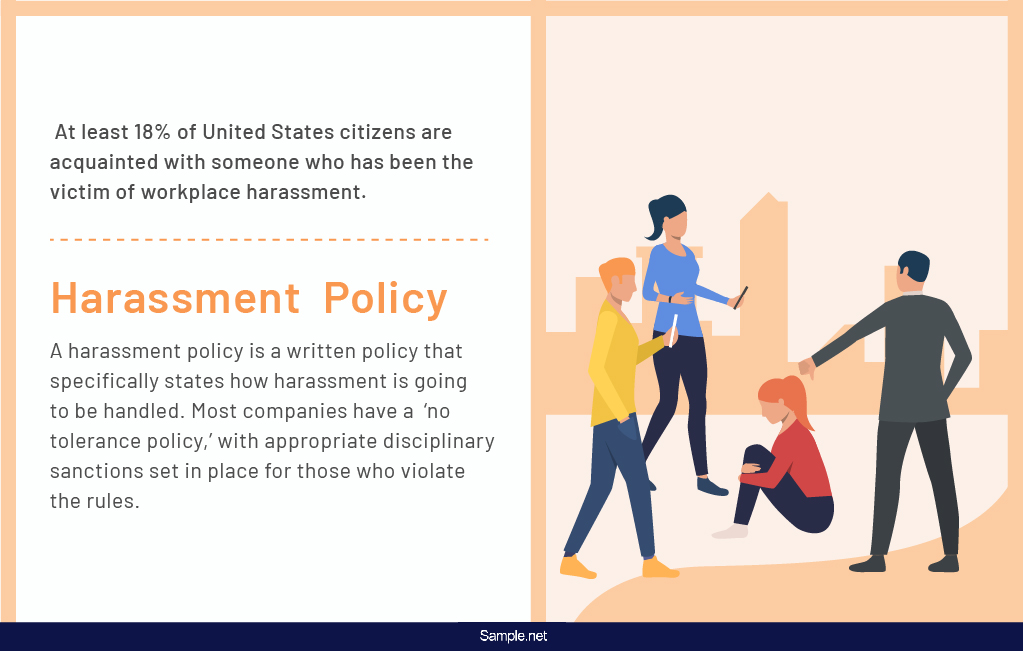
Types of Workplace Harassment
To prepare for the creation of your company’s harassment policy, you need to be aware of the kinds of harassment that professionals face on a daily basis. If you continue to be unfamiliar with what harassment looks like, you may find yourself on the receiving end of immediate resignation letters or worse. Below is an extensive list of the numerous types of workplace harassment along with their individually detailed descriptions.
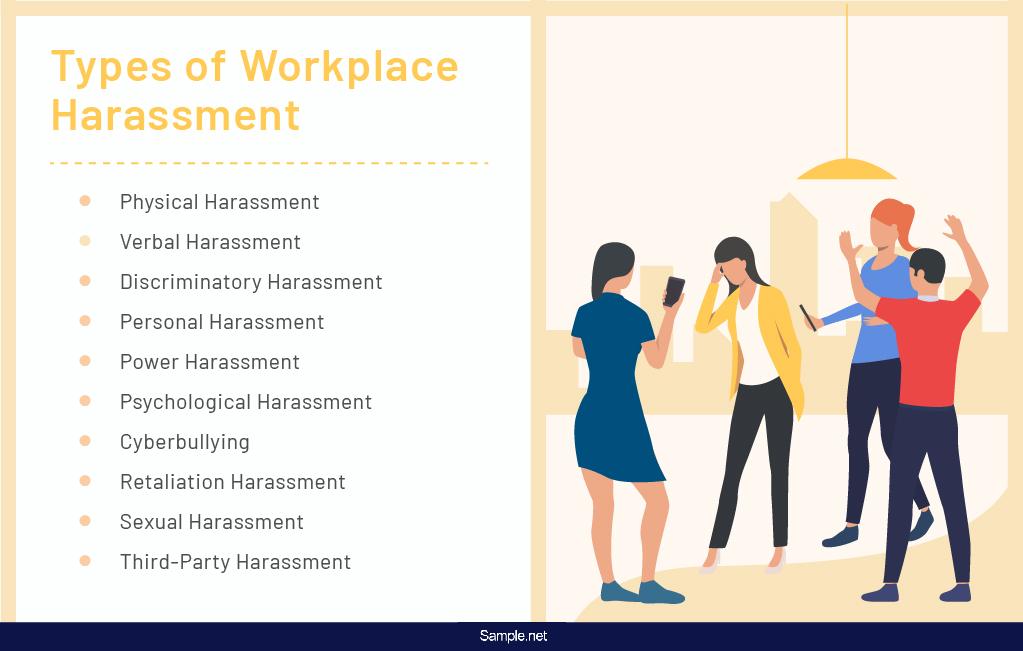
How to Draft a Harassment Policy
With the knowledge of the different harassment types safely acquired, now comes the part where you learn how to start drafting your policy. Take a look at the step-by-step procedure detailed below to ensure that your experience becomes less harrowing and more productive. Like attendance plans and marketing contracts, there is a lot to take into consideration for this endeavor.
Step 1: Establish the Company’s Commitment to Preventing Harassment
The first thing that you need to do is to establish just how committed your company is to the prevention and addressing of any type of workplace harassment. Do this by including a firm and clear statement in your policy that any form of discrimination or harassment will not be tolerated. This is alternatively referred to as a “zero-tolerance policy”.
Step 2: Explain What and Who is Covered by the Policy
The next step is to list down all of the applicable protected characteristics under federal law. This may include race, gender, age, and various others. Doing so will provide you the maximum flexibility in the event that your local government or state decides to pass a law that will protect brand new categories of people, or if your company decides to do business in another state. From there, include in your policy a list of examples of what constitutes as prohibited behavior. Be sure to make it clear that these are simply examples since it would be unreasonable to have a truly comprehensive list of every potential harassing behavior.
Step 3: Include Company Standards on How Employees Need to be Treated
The third step will tackle how the policy should include your company standards regarding the treatment of employees. Be sure to come up with a statement that employees can expect certain actions to be taken to prevent harassment and discrimination in the workplace. This will extend to the company’s HR forms, hiring process, termination, disciplinary, promotions, transfers, leaves, and various other aspects of one’s employment experience.
Step 4: Discuss the Repercussions of Harassment
Make it clear through your policy that each inappropriate and prohibited conduct is not going to be tolerated and that you have corresponding disciplinary actions for each one. Discuss the range of said disciplinary actions along with how employees can actually report on violations. Ensure that your employees have more than a single person that they can complain to, in the event that one of the members of management is the one being accused of misconduct.
Step 5: Include the Company’s Investigation Process
To complete your company’s harassment policy, be sure to provide a general outline of what is to be done by those in charge as a response to any violation reports. You also need to provide the utmost assurance to your employees that their complaints will only be disclosed to those who have a genuine need to know. Be careful to caution that total confidentiality is not going to be among your guarantees despite your best efforts. Lastly, inform both your managers and your employees in a direct and firm statement that those reporting violations are protected from being the subject of retaliation. The people in your company need to be made aware that they are in safe hands and that retaliatory conduct is not tolerated in the least.
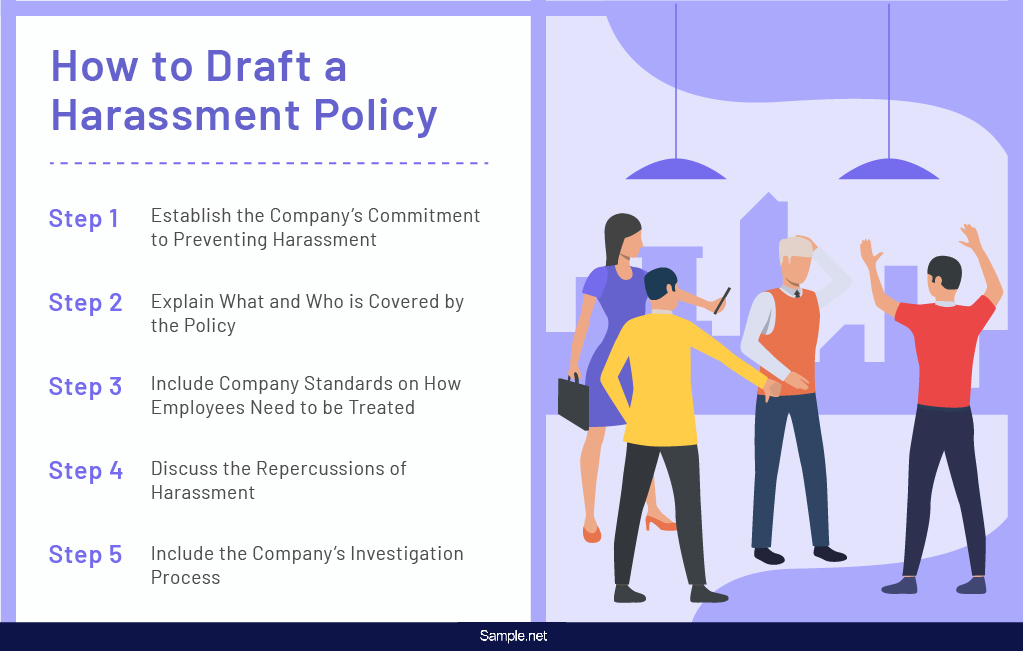
The Dos and Don’ts of a Harassment Policy
Learning about harassment and how to create the right harassment policy for your company are two great things, but they do not complete the entire picture. There are still many pitfalls to avoid and just as many tips that can take your efforts to protect your employees to the next level. For you to achieve your maximum potential for success, take a look at the following dos and don’ts.
Dos
Do keep as many records as possible.
Documenting cases of harassment can benefit your company in the long run for more than one reason. One, your records will help ensure that future cases can be prevented through the lessons learned through the first case. Second, should the violation escalate into a situation where lawsuits are involved, your company can be able to provide the necessary information in order to help sort out the problem.
Do ensure that the reporting procedures are simple enough to follow consistently.
This is something that potential harassment victims can appreciate. If your company’s reporting procedure is too much of a hassle or not easy to understand then you can expect fewer people to actually report harassment cases. State the procedure in your policy as clearly and simply as possible for everybody’s benefit.
Do encourage victims to report as soon as possible.
Prolonging the suffering caused by harassment is never going to be a good idea. It can lead to even worse situations for the victim’s physical, mental, and emotional health. Their work performance will eventually suffer and their lives may eventually spiral out of control. With that said, be sure that you make it a point to cultivate an encouraging environment where nobody is hesitant to speak up about what they are going through. The sooner a person reports harassment, the sooner it can be dealt with.
Do consult lawyers as needed.
There will be times when a certain harassment case is too big for you to handle on your own. Examples of this come in the form of power and sexual harassment. Try not to bite off more than you can chew and instead turn to a lawyer so that you can quickly find an effective resolution to the problem. Doing so will also help you avoid further pitfalls and ensure that the victim gets the help that he or she desperately needs after undergoing a terrifying ordeal.
Don’ts
Do not neglect to listen to stories of harassment.
One of the worst things you can do is brush off or ignore an employee with a harassment story. At the very least you should take time to hear them out. Ensure that your harassment policy does not exclude any type of person working within your company from expressing themselves and their experiences. If you do end up neglecting victims, then you may inadvertently commit harassment yourself through discrimination, especially if the victim believes that you did so because of their gender, race, sexual orientation, or any other category.
Do not immediately take one side over the other.
With harassment cases, you will inevitably have to mediate conflicts between two parties or more. Your job then would be to help resolve these cases, which means you need to be as objective and unbiased as you possibly can. Even if you have a natural inclination towards one side over the other, it remains advisable that you do not act on it. Reserve your judgment and keep whatever opinions you have to yourself until the whole thing unfolds completely through the investigation. Biases may lead to one party feeling slighted and can even affect how the investigation will turn out for the worse.
Do not rush the investigation process.
Another terrible mistake you can make would be to rush the investigation or do it halfheartedly for whatever reason you may have. Be as detail-oriented as you possibly can be with this and let the process unfold organically. Nobody wants to find themselves in this kind of situation but no matter how uncomfortable or inconvenient it is, you owe it to your employees to give it your best shot. By rushing the investigation, you may miss out on certain things that could have made a major difference and provide justice and discipline to the victim and perpetrator respectively.
Do not needlessly scatter information nor should you withhold it for the wrong reasons.
Depending on the nature of the harassment case, the victim may not want it known to everyone in the company. Respect their privacy and try not to let the details slip through the cracks so easily. At the same time, there may be other people who need to be in the know, so you cannot just keep certain details a secret without a valid reason. Look into the circumstances of each harassment case and judge as wisely as you can regarding how the information is going to be distributed throughout your company.
Given the seriousness of any situation that involves harassment, the information taken from this article should prove invaluable to anyone with professional life. For business owners who have yet to establish a harassment policy of their own, be assured that there are multiple online resources that you can easily take advantage of. Avoid starting entirely from scratch by downloading a harassment policy template. All you need to do after downloading is to make the necessary changes to the pre-existing content so that it will better fit into what your vision is for your company’s policy. From there, feel free to print it out or share it with your employees digitally.
